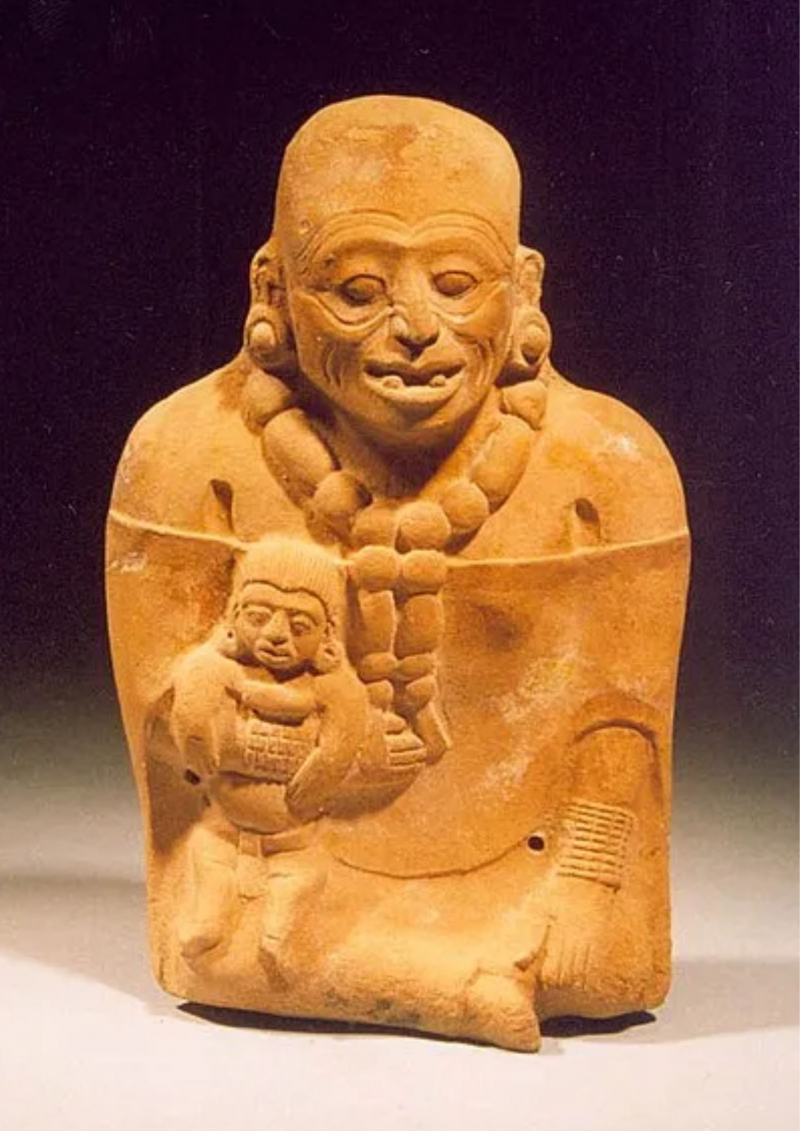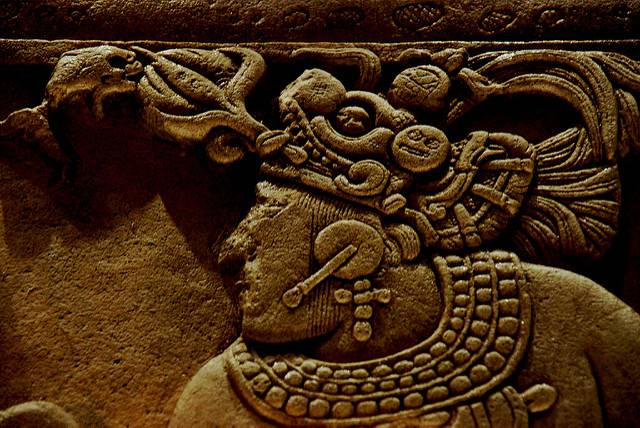Mayan Art
Mayan art is present in various sizes and scales of sculptures, paintings, murals, pottery, and other art forms. It was created as a result of conflict between the Yucatan Peninsula and the Olmec civilization and took on a life of its own.
Mayan artists created carvings in wood, stucco, clay, bones, shells, stones, and other materials during the first millennium B.C. Following that, they promoted royal structures and the remains of the kings and queens of Tikal, Palenque, Copan, etc., on orders from the monarchs. They soon started decorating temples as gifts for their gods.
Mayan artists primarily depicted their kings and magical beings. The royal family was carved sitting, holding objects, and interacting with one another. Stone tools were used to carve deities, slaves, ladies, and lords into limestones or volcanic tuffs. They painstakingly cut and polished the surfaces, but it took a long time.
To the Mayans, jade represented new beginnings. As a result, they were etched on jades to be worn as amulets by emperors, deities, and graves to ensure their survival in the afterlife. Similarly, ornately carved wooden statues were placed on temple doorways and rafters. However, due to the humid tropical climate, only a few such pieces remain.
Mayan painters' mastery is evident from the intricate motifs on burnt clay. Their lifelike and colorful figures were incredibly expressive, depicting everything from family member graves to panels of deities dressed as humans. Additionally, the intricate carvings on clay containers and incense burners are stunning examples of their talent.
One of the most intriguing discoveries in the world, pyramids command much attention for their exterior. A clear illustration of their art may be seen in the construction, murals, hieroglyphs, and intricate detailing of each pyramid block.













